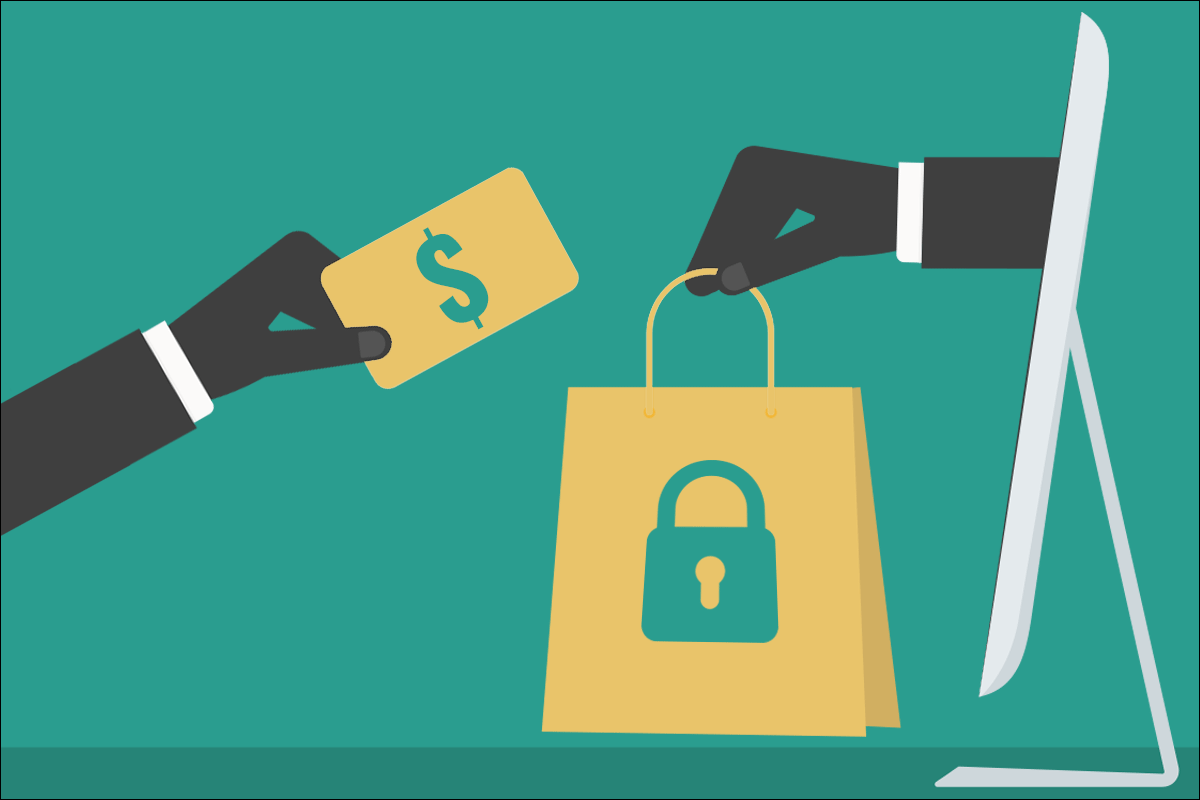
Nurturing Confidence: Online Shopping Safety Unveiled
The convenience of online shopping is undeniable, but it comes with the responsibility of ensuring a secure and safe experience. This article explores the essential practices and measures to safeguard your digital purchases and personal information.
Creating a Shield: The Importance of Secure Websites
When engaging in online shopping, the first line of defense is choosing secure websites. Ensure that the website’s URL begins with “https://” and look for a padlock icon in the address bar. This indicates that the connection is encrypted, safeguarding your data from potential cyber threats.
Robust Password Protection
The strength of your passwords is crucial in maintaining online shopping safety. Create strong, unique passwords for each online account, incorporating a mix of letters, numbers, and special characters. Regularly update passwords and avoid using easily guessable information like birthdays or names.
Verifying Sellers and Reviews
Before making a purchase, take the time to verify the credibility of the seller. Read reviews from other customers to gauge the reliability of the product and the seller’s service. Trusted online marketplaces often display seller ratings and reviews, providing valuable insights for a safer shopping experience.
Mindful Personal Information Sharing
Be cautious about the information you share online. During the checkout process, only provide necessary details. Legitimate websites typically ask for essential information such as shipping address and payment details. Avoid sharing excessive personal information that may be exploited for fraudulent activities.
Securing Payment Methods
Online shopping safety extends to securing your payment methods. Opt for reputable payment options and use credit cards rather than debit cards for online transactions. Credit cards often provide additional layers of security and fraud protection, minimizing potential financial risks.
Utilizing Two-Factor Authentication
Activate two-factor authentication whenever possible. This additional layer of security requires a second form of verification, such as a code sent to your mobile device. This extra step adds a substantial barrier against unauthorized access to your online shopping accounts.
Regularly Monitoring Accounts
Stay vigilant by regularly monitoring your bank and credit card statements. Check for any unauthorized transactions or suspicious activities. Promptly report any discrepancies to your financial institution to address potential issues swiftly.
Browsing with Updated Security Software
Ensure your device is equipped with updated security software. Reliable antivirus and anti-malware programs help protect against online threats, including phishing attempts and malicious software that could compromise your online shopping safety.
Educating Yourself on Phishing Scams
Phishing scams remain a prevalent threat in the online realm. Be cautious of unsolicited emails, messages, or pop-ups requesting personal information. Legitimate companies will not ask for sensitive details via email. If in doubt, visit the official website directly rather than clicking on potentially malicious links.
Staying Informed and Adapting
The landscape of online threats is ever-changing, and staying informed is crucial for maintaining online shopping safety. Keep abreast of the latest cybersecurity developments, and be open to adapting your online habits and security measures accordingly.
In the pursuit of safe online shopping practices, take a moment to explore additional insights at Online shopping safety. Nurturing a secure online shopping environment begins with informed and proactive measures.
(Note: The URL used is a placeholder and may not lead to an actual website.)
